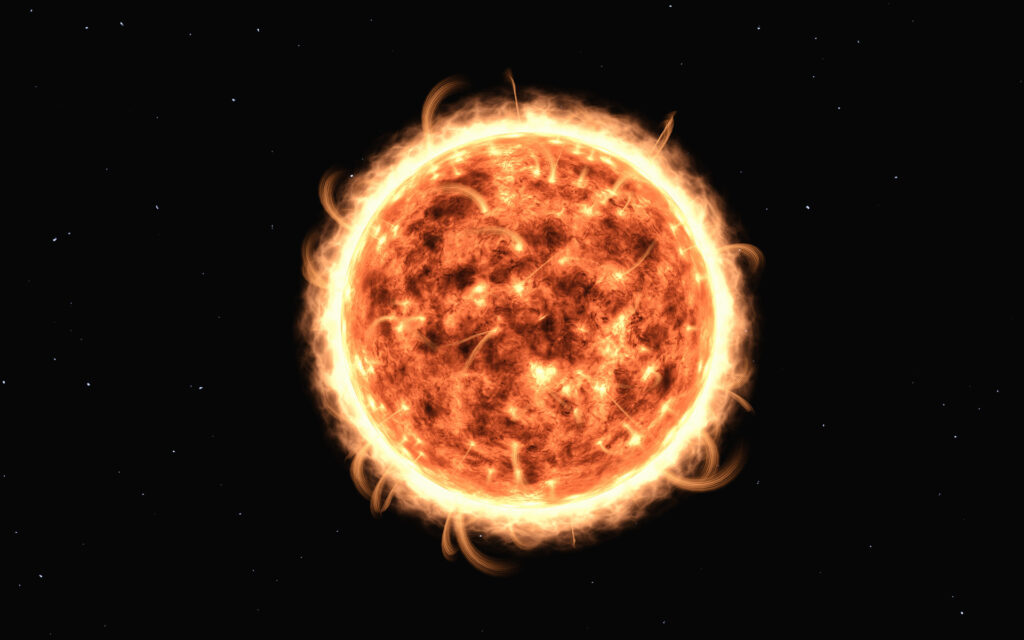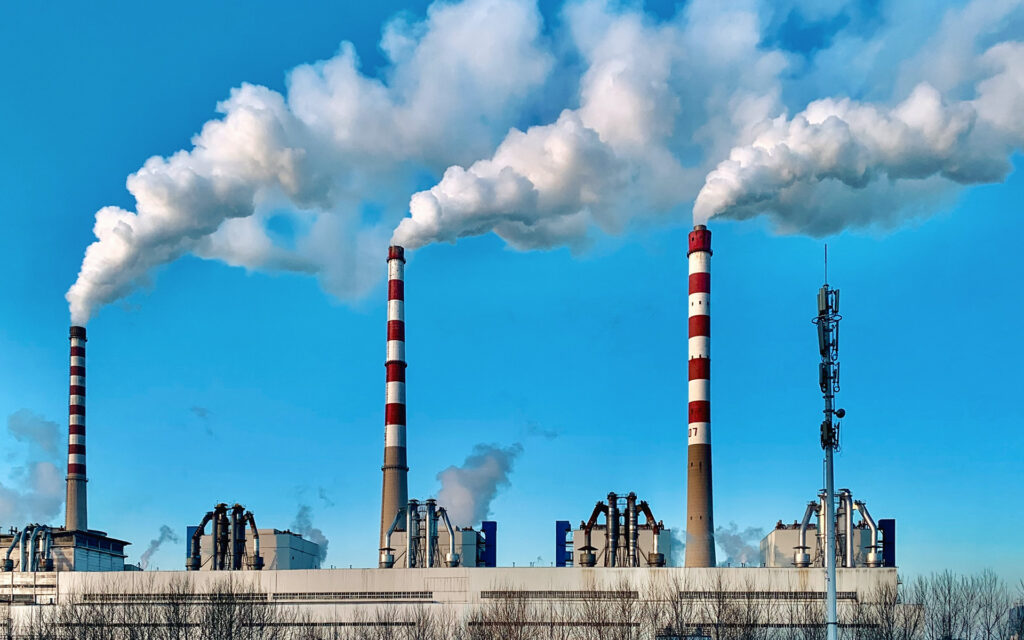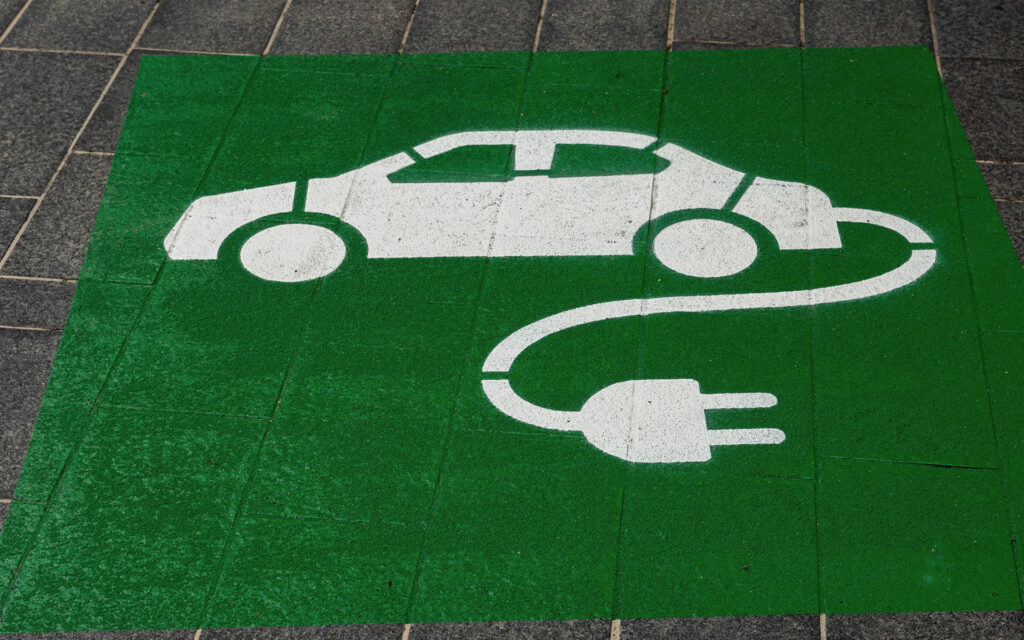Naming ozone often prompts thoughts of the atmosphere. But did you know this noxious gas, ozone, is also found in soils? We’re talking about underground ozone in this case.
Underground or tropospheric ozone: a growing toxicity.
Silent and colorless, that’s tropospheric ozone, dangerous and oxidizing. So ominous and unhealthy that experts consider it the quintessential measure of atmospheric pollution.
The truth is, this curious allotropic state of oxygen hasn’t just made the upper atmosphere its kingdom; it’s also very much present in the soil. It exists freely, justifying its presence as the index of environmental toxicity, especially when it’s breathed in with every inhalation. But to better understand, let’s start from the beginning.
What is underground ozone?
Just like with people, ozone has a kind and desirable side as well as a not-so-gentle one. If it’s found in the stratosphere, ozone is a lifesaver, just as we understand life now.
And from up there, it protects the Earth, serving as the natural filter for harmful radiation. It’s a protective layer that prevents the harmful effects of ultraviolet-B radiation from hitting living beings head-on, negatively impacting the environment. It repels the adverse effects that come from ultraviolet radiation. When does it start to become a danger? When it’s on the other side of the troposphere and becomes known as underground ozone or tropospheric ozone.

Understood as the very essence of smog, as pointed out by the European Environment Agency (EEA), tropospheric ozone is the major atmospheric pollutant currently corroding the underground zone of the planet. Bad and corrosive, toxic and unwanted, it’s a gas that threatens health. In its wake, it raises a thick cloud of problems and future illnesses, even when its gas isn’t directly emitted into the air.
Contrary to what one might think, this underground or tropospheric ozone arises from the explosive mixture of NOx and VOCs. We’re talking about a substance that makes its presence known with the onset of storms, when they spray the environment with rain, winds, and electrical discharges. A sort of reactive pollutant, spurred on by the air and reinforced by greenhouse gases.
A cocktail in which the wind also plays a leading role. It can transport large amounts of underground ozone between gusts, spreading pollution everywhere and even poisoning the most rural areas.
Underground ozone vs upper ozone: what do they have in common and what sets them apart?
Ozone is found both in the stratosphere and in the troposphere. There lies its main and greatest distinction: location.
Another trait that sets apart these two sides of the same coin is how they impact the environment. While stratospheric ozone is benign and protective, the underground variety carries harmful risks for environmental stability. It exhales adverse effects for the environment in general, and for the health of all living beings in particular.
What are the consequences of underground ozone and what are its main sources of emission?
Tropospheric ozone, therefore, corresponds to ground-level ozone. It’s an explosive mixture that poses a threat to health. It causes significant respiratory and cardiovascular damage in people, such as coughing, inflammation, or lung irritation. This was pointed out by Luis Manuel Entrenas, head of the Pneumology Service at the Quirónsalud Hospital in Córdoba, Spain. Additionally, it contributes to worsening chronic conditions. Hospital admissions for asthma or chronic obstructive pulmonary disease (abbreviated COPD) increase.
The list of health problems resulting from this high exposure is lengthy. It includes skin cancer and vision problems, while also burdening the immune system with a plethora of pathological difficulties.
But the damages from underground ozone don’t end here. The climate itself is also affected by prolonged exposure to this chemical substance. It becomes highly evident in the reduced yield of crops or the worsening of photochemical pollution at the tropospheric level. Marine life is affected by this pollution, as well as vegetation and other sensitive ecosystems.

And why all this? A finger of exposure that points accusingly towards human activities. The use of refrigerants, aerosols, and chlorofluorocarbons has resulted in the breakdown of part of their accumulated molecules in the upper atmosphere, thereby opening a hole in its surface. The protective layer provided by ozone continues to weaken year after year. There is a risk of drastic changes in the ecosystem.
So, who or what exactly causes underground ozone?
According to the EPA or Environmental Protection Agency, both cars, trains, and planes represent the main source of ozone emission.
A trend that is also repeated in many other human activities, it should be added, from dry cleaners and factories and farms to the use of products with organic solvents, not to mention construction in general.

According to a study conducted by the University of Granada in Spain, it is during the hottest days when underground or tropospheric ozone is more likely to spike. However, the threat persists during the winter months as well.
Aware of this problem, its causes, sources, and consequences, there is nothing left but to pause and see if there is a solution or, at the very least, a way to minimize or counteract these risks.
What can be done to reduce underground or tropospheric ozone?
Although there are state and regional regulations governing pollution emissions in each country, the truth is that anyone can also contribute their bit to this atmospheric struggle.
The expert voices from the AEMA and the EPA and other environmental entities are clear. They recommend taking actions ranging from determining the type of vehicles and transportation to drive, to conducting regular inspections, and obeying fog and visibility regulations. What does all this mean?
Using clean and efficient forms of transportation is a plus in the fight against underground or tropospheric ozone. Driving an electric or hybrid car can be very helpful. They require less fuel, have no exhaust emissions, reduce greenhouse gas emissions (starting with hybrids), are less polluting, and, therefore, are more environmentally friendly.

Another precautionary measure against underground ozone is to opt for sustainable methods such as walking or biking to places, including using public transportation, and if not, carpooling with someone else.
And what about at home? Professionals from the Spanish Foundation for Science and Technology (FECYT) indicate that an ecological stance can also be adopted at home. Simply using environmentally friendly cleaning products, tightly sealing chemicals whose use cannot be avoided to prevent them from emitting smog when evaporating, and refraining from burning trash, leaves, or similar materials.





